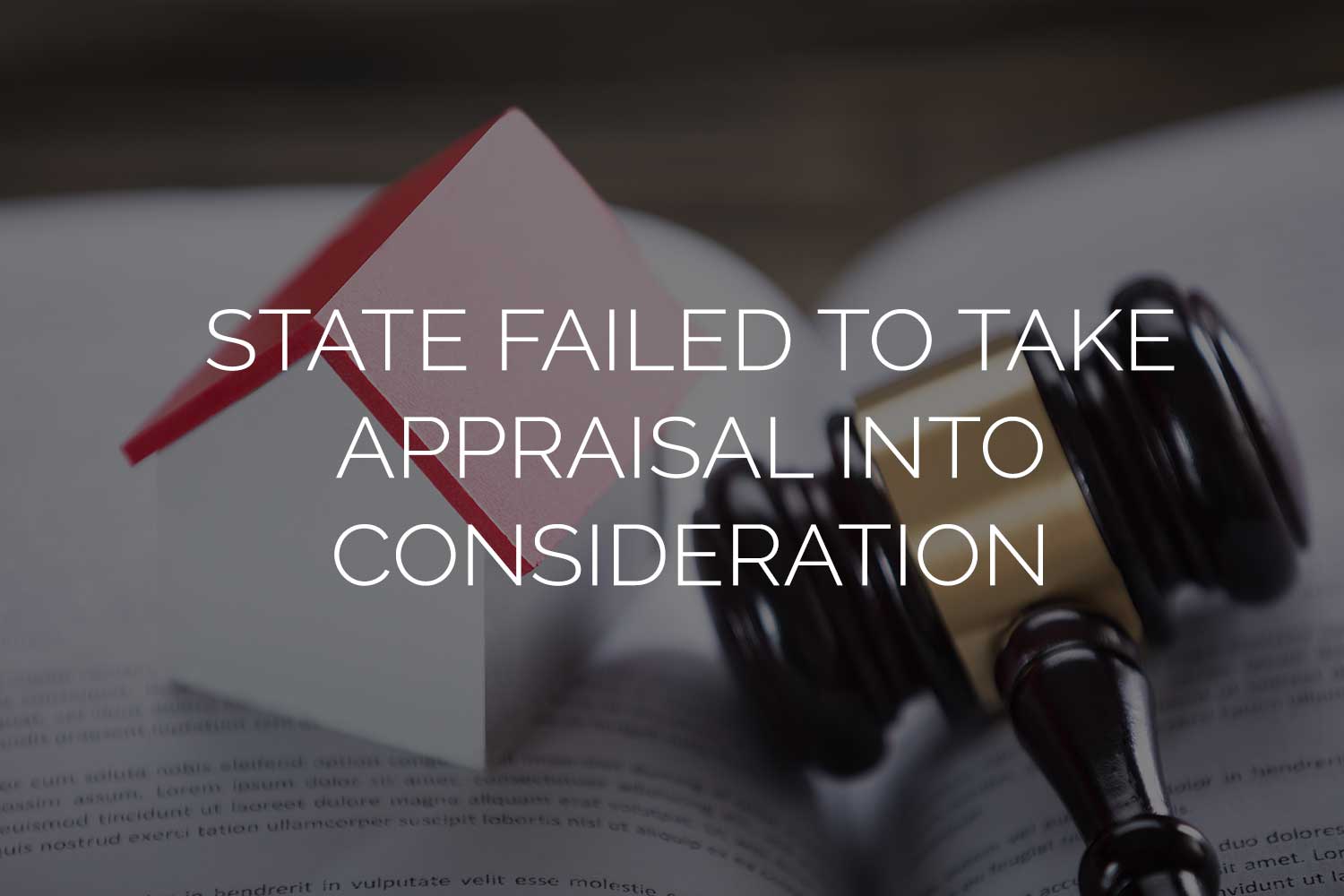
Before the increase in the federal estate tax exemption amount, brought in by the enactment of the American Taxpayer Relief Act (ATRA) in 2013 and raised by the Tax Cuts and Jobs Act of 2017, estate planning attorneys focused primarily on how to avoid the impact of estate tax.
The current tax environment is one with significantly higher federal transfer tax exemptions, but with capital gains tax rates of 20% for most assets held more than a year, and as much as a 37% rate for assets held less than twelve months. In 2020, the estate tax exemption is $11.58 million, which applies to only 0.2% of deceased Americans. In this estate tax landscape, where income tax has effectively become the new death tax, today’s estate planning professionals should consider income tax centric strategies — most notably, leveraging the step-up in basis.
What Is Basis?
Simply put, basis is the cost to purchase an asset. Cost basis is the purchase price, plus other expenses, less any depreciation over time. When the asset is sold, a capital gains tax may be due on the net proceeds of the sale. For example, if you purchase stock, your basis is the purchase price, plus costs and transfer fees. When you sell the stock, you may have a tax consequence on the capital gains if the stock is sold for more than the total basis. Tax liability is calculated based on the increase from the basis to the sale price.
In estate planning, as important as the concept of basis may be when an asset is eventually sold, this concept becomes even more important as it relates to how an asset is transferred to a beneficiary — either gift during the donor’s lifetime, or by inheritance at death. The two important basis rules are referred to as 1) carryover basis and 2) step up basis.
Carryover Basis and Step Up Basis
Carryover basis applies to gifts made during the donor’s life. Whatever the donor’s basis in the asset may be on the date of the gift “carries over” to the donee. The step up basis rule, which applies to transfers made at death, renders a different result. In general, the cost basis of an asset transferred at death “steps up” to the fair market value of the property on the date of death of the transferor. The difference in basis can be vast, depending on when the transfer is made.
The transfer of basis rules are proof positive that in estate planning timing is everything. To illustrate this point, consider the following scenario.
In 2003, a retired teacher makes a $100,000 investment in a piece of commercial property. In 2018, the property was worth $2 million. The teacher had a favorite nephew and wanted to give him the property as a gift. But the teacher also had a knowledgeable estate planning attorney whose advice was, rather than gifting the property in 2018, wait to transfer the property to her nephew at the time of her death through her estate plan. In 2020, the teacher died and her nephew inherited the property from her estate. In this retired teacher’s case, no estate tax was due because her total estate was less than the estate tax exemption amount.
Here, the step up in basis rules would apply to her nephew’s inheritance. Basis in property that transfers at death is stepped up to the fair market value of the property at the date of the donor’s death. In this scenario, upon the teacher’s death, the basis of the teacher’s property is stepped up from $100,000 to a $2.1 million date of death value. The result is that the nephew, as the beneficiary of his aunt’s estate planning, can now liquidate that property at its stepped-up basis of $2.1 million with a low — or no — capital gains tax liability on the net income from the sale.
Had our teacher disregarded her attorney’s advice and gifted the property to her nephew in 2018, carryover basis rules (transfer of basis during life) would have applied. As such, if property was gifted from a donor to a donee, then the donor’s basis “carried over” to the donee. In our scenario, the nephew would carry over his aunt’s basis of $100,000 (if she made the gift during her life) and upon sale of the property would be responsible for paying capital gains tax on the asset worth $2.1 million if he sold it in 2020. As a resident of a state with a high income tax rate, the nephew’s combined capital gains tax liability — both federal and state — could be more than 50% of the asset value. All of which could have been avoided. The impact of such a decision would result in the nephew receiving less than half of the property’s $2.1 million value once it is sold.
Conclusion
Timing is everything. For a client who is considering making a major gift and whose estate falls under the federal estate tax exemption amount in effect, it’s important to remind him or her that gift giving early (before death) isn’t necessarily the most generous way to give. To minimize the income tax impact and to be sure that one’s beneficiary receives the most from an asset, encourage your clients to take full advantage of the step up basis rules.
As an attorney, you don’t have to keep up with the information curve on your own. At WealthCounsel we provide the support and community that you need to stay on top of industry changes, grow and market your practice, meet your CLE requirements, and efficiently draft exceptional legal documents. If you’d like to learn more about the benefits of becoming a WealthCounsel member and discuss pricing, then click here.


.png)
